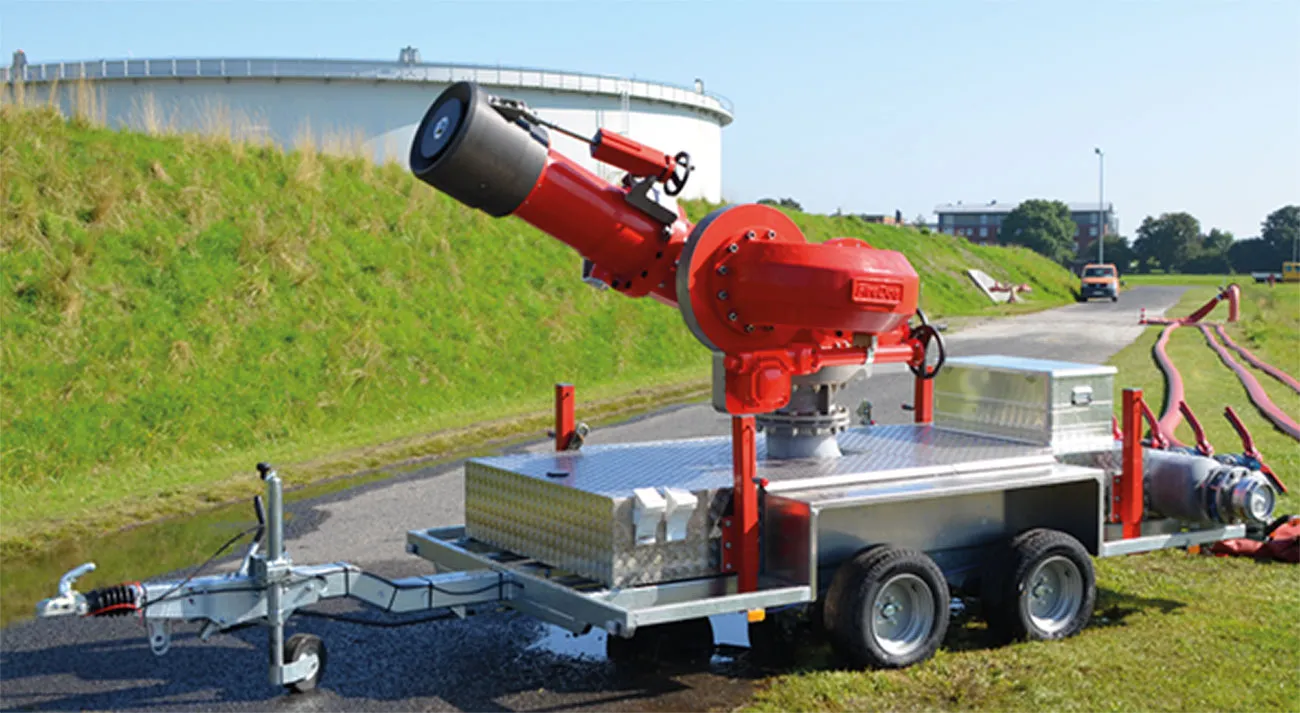FireDOS has highlighted why using compressed air foam systems can be hugely beneficial at airports or within the aviation industry.
CAF (Compressed Air Foam) is a unique foam-making process that produces a homogenous finished foam of micro-size bubbles. This foam-making process will use either compressed breathing air or nitrogen gas. Compressed air and premix (foam/water solution) are brought together in a device known as a mixing chamber. In the mixing chamber, the transition from liquid to foam takes place. In a CAF system, an engineered finished foam is produced in the mixing chamber that is designed specifically for an applicator.
FireDOS explained how using a CAF system within an ARFF (Aircraft Rescue Fire Fighting) vehicle can prove hugely effective. Writing on their website, FireDOS said: “The main aim for an ARFF truck is to be at the fire site in a minimum amount of time and to control and extinguish the fire in the fastest time possible utilising the limited amount of firefighting water available. Speed in getting there and controlling the fire is most critical. In addition to speed to control the fire CAF will reduce the amount of premix (water/foam solution) required.
“Considering the large-scale tests with fluorine free foam concentrates conducted by LASTFIRE, CAF will increase the firefighting ability to double that of a traditional foam application on an ARFF fire truck. In addition, when using fluorine free foams, the environmental impact, compared to AFFF foam concentrates, is significantly reduced.”
The use of CAF in ARFF trucks, especially when used in connection with a water-motor-driven piston pump proportioner, can help in reducing the time necessary to extinguish airplane fires.


